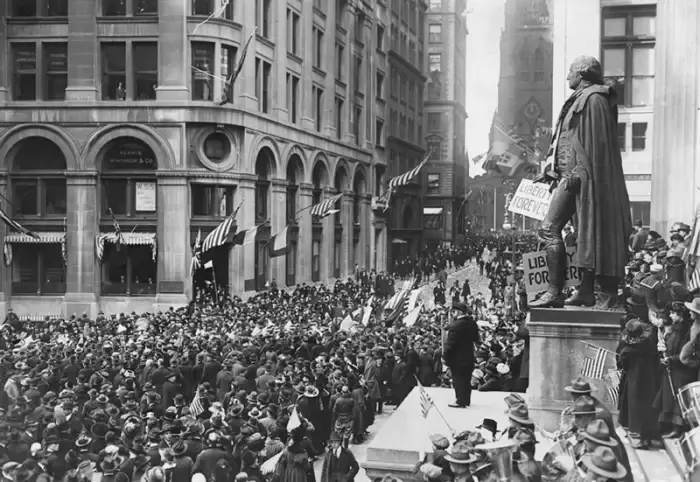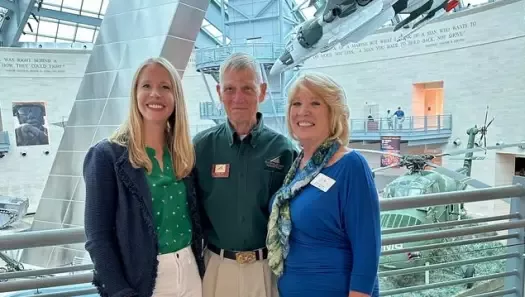Cover Story: History of Veterans Day

Private Harry Atwood, a bicycle messenger in the 341st Field Artillery Regiment’s headquarters company, was carrying battle orders on a dismal 11 November 1918 while his regiment’s guns were firing in support of the 28th Division. They were attacking German fortifications around the French city of Metz. At 1059 hours, all the regiment’s guns delivered a massive salvo of artillery rounds into the German entrenchments. It was the last time the battalion fired a shot in anger. One minute later there was complete silence.
At 11 o’clock on the 11th day of the 11th month of 1918, the Central Powers and the Western Alliance signed an armistice agreement. So, combat stopped between the Germans with their allies and the French, Americans, and Great Britain with its Commonwealth partners.
While there was much joy on the streets of the victories countries, for Atwood and all the other soldiers in the American Expeditionary Force in France, the armistice’s time and date did not have such great significance. Right up until the time of the armistice signing, infantrymen in the front line American divisions were attacking the German enemy. For many the armistice could have been just a potential breathing spell had the still intact Central Powers’ armies in France and Belgium not agreed to stop the fighting and return to their homelands. The battle weary German soldiers did not see themselves as being defeated, but betrayed by subversive elements in their home land.
For the Americans such as Private Atwood, the armistice meant marching into Germany and performing occupation duties in cities, towns, and villages in the Rhineland. The time and date of the armistice held little immediate import for the troops, but at home, a kind of fixation began to take hold. The immediate celebration was short lived, but the long term impact of the armistice remained vibrant for a long time. In Europe, small monuments commemorating participation appeared in towns and hamlets in countries on both sides of the conflict. Vast cemeteries were established on the pockmarked battlefields which daily reminded inhabitants of the bitterness of four years of brutal combat.
In the United States, however, there were no battlefield cemeteries, no destroyed villages, no devastated countrysides. But Americans were facing another war, no less brutal than the one fought in Europe. It was the influenza pandemic which felled thousands of soldiers as well as multitudes of civilians. For soldiers like Atwood who missed taking a bullet in combat, there was no mistaking the chance to be felled by the disease.
The 11 November armistice quickly became history, but it was not forgotten. It became a link to American sacrifices and as time went on, veterans of the war soon gathered to commemorate their part in it. Organizations such as the American Legion, founded in Paris after the war, and combat division associations became active parts of the war commemorative scene. Specific organizations like the 90th Division Association and the Veterans of Foreign Wars which required one to have served overseas in a foreign land came into being. Today organizations like these perpetuate United States military participation in all manner of combat operations.
But while days like Memorial Day and the 4th of July in the United States see celebrations with picnics, pageants, and parades, there are few such Armistice Day events in the United States. In Europe 11 November, Armistice Day, is commemorated, not celebrated, as a day of solemn remembrance of the end of the Great War. In the United States Armistice Day has morphed into Veterans Day which while originating in the Armistice Day of 11 November, commemorates the service of all veterans, beginning with those who fought in America even before the United States became the nation it is today. So also did the status of veteran accrue to bicycle messenger Private Harry Atwood of the United States Army’s 341st Field Artillery Regiment, among millions of others. Today that status is commemorated not celebrated.
Editor’s note: This history of Veterans Day was provided by Raymond E. Bell Jr. PhD, Brigadier General, United States Army, Retired, and a Vietnam War Veteran.


